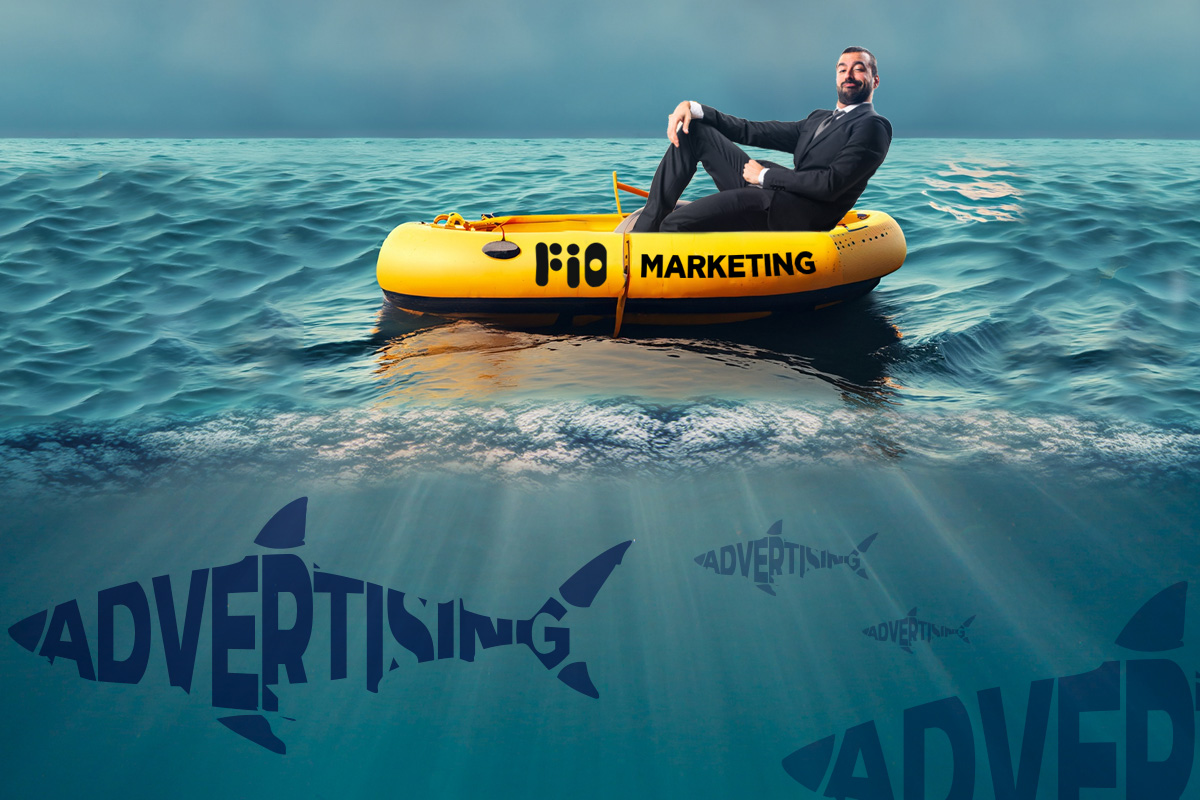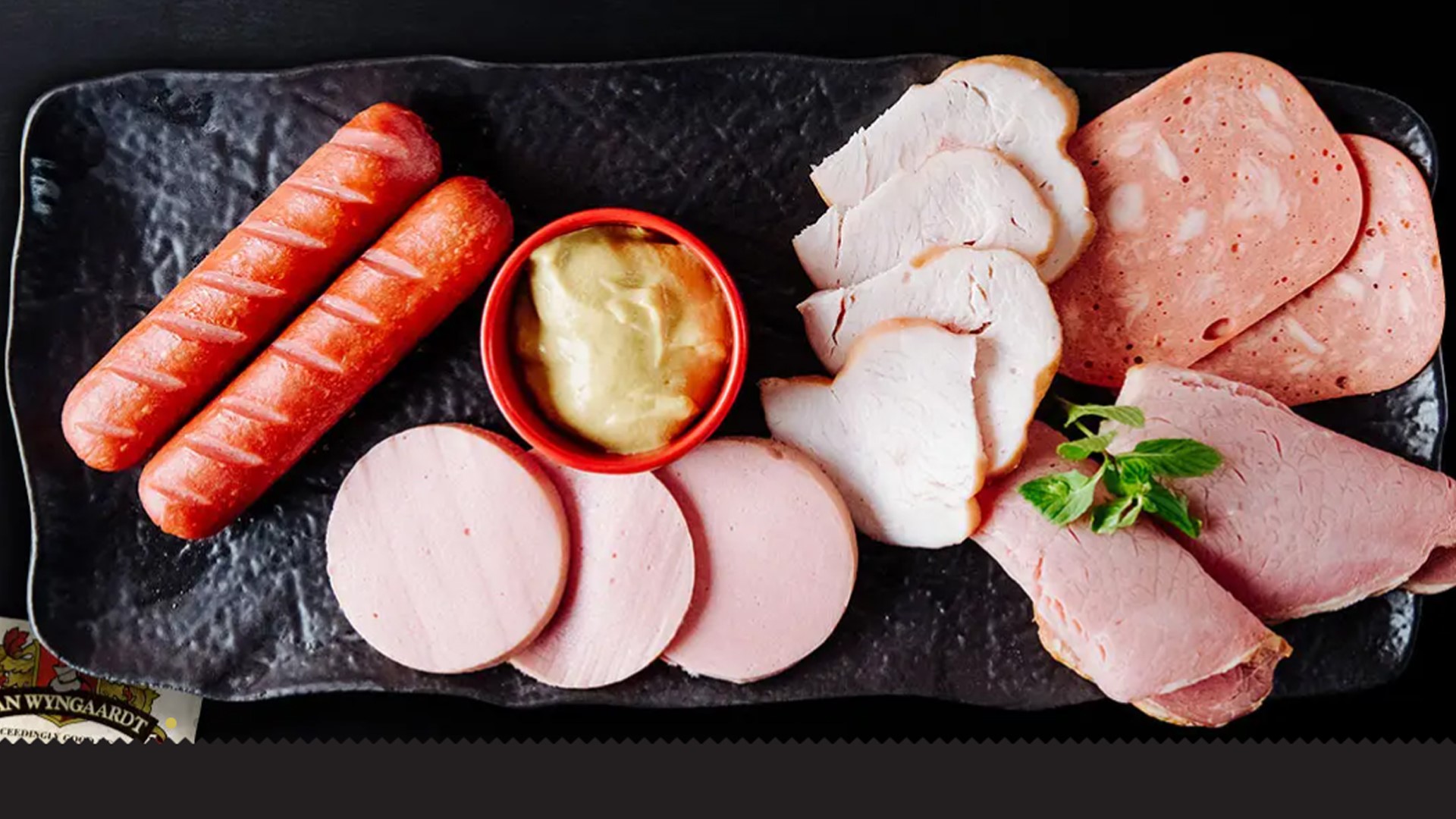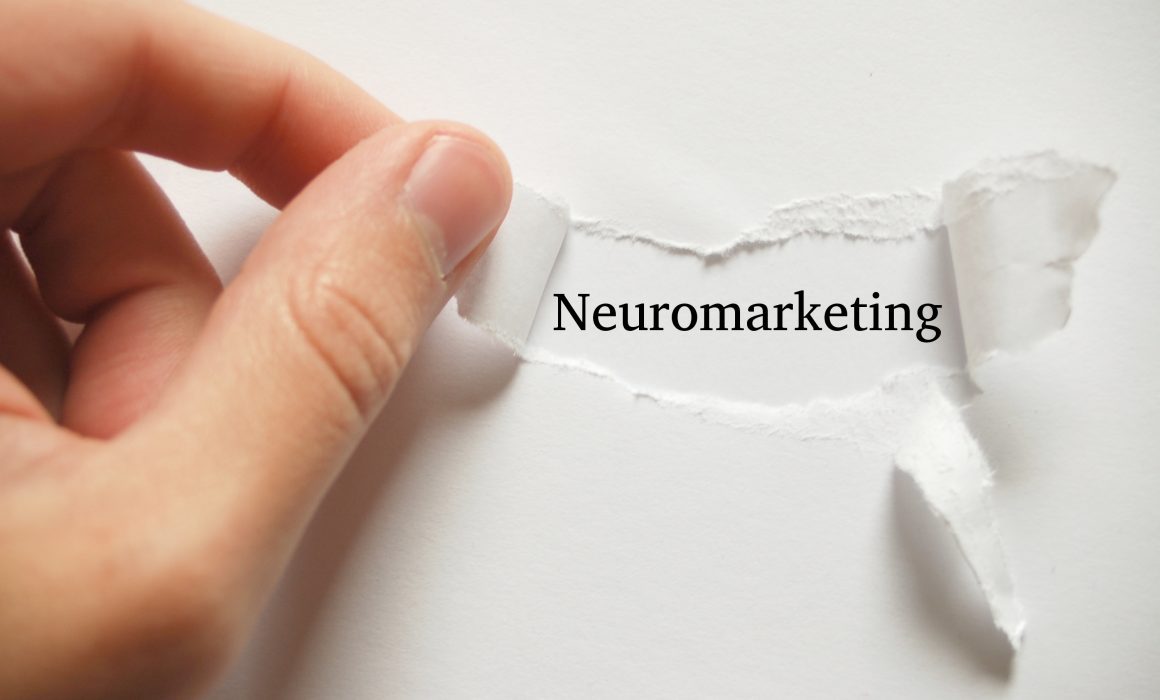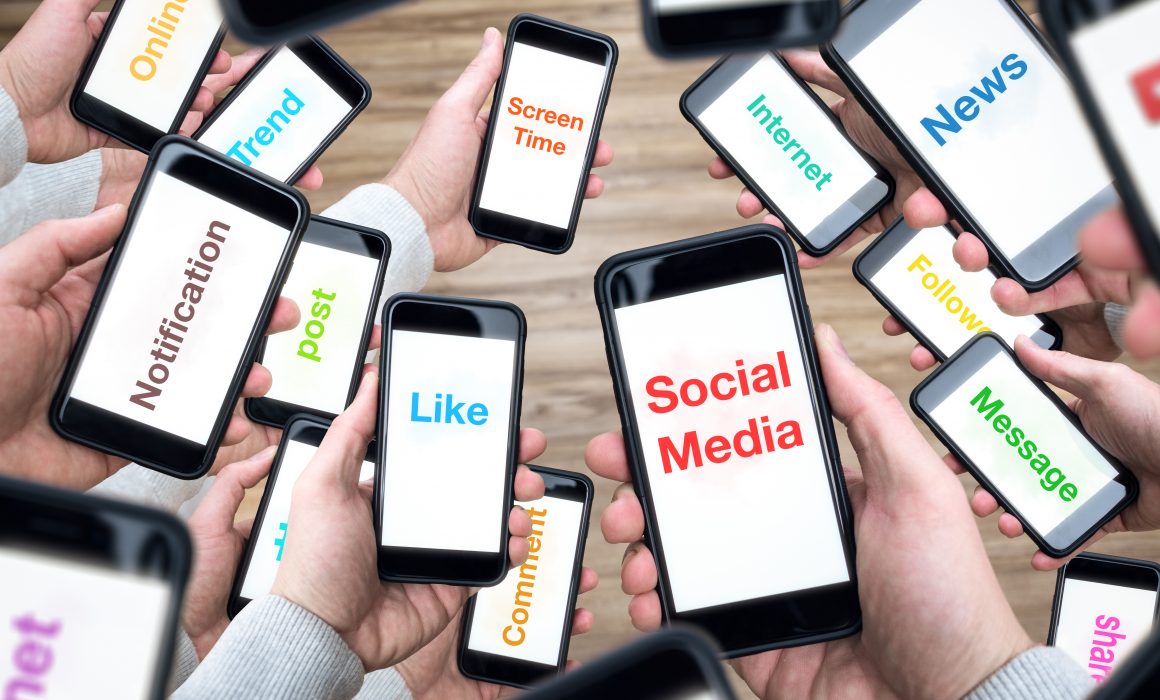How Effective Marketing can change a Business
How Effective Marketing can change a Business

From Surviving to Thriving in the Competitive Business World
In today’s fast-paced and competitive business landscape, marketing has emerged as a key driver for success. A well-executed marketing strategy can make all the difference between a business that thrives and one that merely survives. Let’s explore how good marketing can fundamentally change a business and propel it towards growth and success.

Creating Brand Awareness and Recognition
Effective marketing campaigns introduce a business to its target audience and build brand awareness. Through consistent messaging, creative branding, and strategic advertising, businesses can etch their name into the minds of consumers. As brand recognition increases, customers are more likely to remember the company when making purchasing decisions, leading to improved sales and customer loyalty.
Building Customer Relationships
Marketing does more than only attracting new customers; it also plays a vital role in fostering long-lasting relationships. Engaging content, personalised experiences, and exceptional customer service contribute to customer satisfaction and loyalty. Loyal customers not only become repeat buyers but also act as brand advocates, promoting the business through word-of-mouth, social media, and reviews.
Enhancing Product and Service Offerings
Feedback from marketing campaigns can offer valuable insights into customer preferences and pain points. This data-driven approach allows businesses to improve their products and services continually. Understanding what customers want and need enables a business to tailor its offerings to meet those demands, gaining a competitive edge and solidifying its position in the market.

Adapting to Changing Trends
The business landscape is constantly evolving, and consumer trends can shift rapidly. Effective marketing allows a business to stay agile and adapt to these changes proactively. Embracing new marketing channels, such as social media, influencer marketing, or content marketing, enables businesses to remain relevant and reach their target audience where they spend their time.
Outpacing Competitors
Businesses that stand out are those with the most compelling marketing strategies. An innovative, creative, and data-driven approach can differentiate a business from its competitors. By showcasing unique selling points and demonstrating value, a company can position itself as the preferred choice for consumers.
In Conclusion
Good marketing has the power to shape a company’s identity, create lasting relationships with customers, boost sales and revenue, and propel the business towards growth and success. In today’s digital age, businesses that invest in a comprehensive and strategic marketing plan are more likely to thrive, leaving their competition in the dust. Fio Marketing believes that the future of marketing holds even greater potential for transforming businesses and driving them towards new heights of achievement. Contact us for a free consultation today!

Overcoming Entrepreneurship Challenges in Africa
Of course, there are challenges that need to be overcome in order to fully realise the potential of entrepreneurship in Africa. Access to finance remains a major issue for many entrepreneurs, particularly those operating in more remote or rural areas. There is also a need for greater support and mentoring for those who are just starting out in business, as well as for more established entrepreneurs who are looking to scale up their operations. Fio Capital provides these crucial services and more.
Stay Up-to-Date: Sign Up for Our Newsletter Today
Communicating to Profit
Being able to communicate effectively is one of the most important life skills to learn. Communication itself is defined as transferring information to produce greater understanding.
Navigating Tax Season: Smart Tips for Taxpayers
As the tax season draws near, many individuals find themselves facing the annual challenge of filing their tax returns. Come with Fio Capital and explore some valuable tips to help taxpayers navigate the upcoming tax season with confidence.
Are you Bankable?
Being bankable in business, speaks to the ability to receive financing or support from a bank, financial institution, investor or financier. As entrepreneurs and small business owners, our ability to be bankable is very important. Every aspect of our business ultimately either supports or hinders our journey to bankable status. But how do we get ourselves and by extension our businesses to bankable status?















